What Is Lower-Funnel Marketing?
Lower-funnel marketing aims to persuade people who are near the end of the buyer’s journey to take the final step to buy from you.
The funnel refers to a visual representation of the buyer’s journey that can be broken down into three main parts:
- Top of the funnel (ToFu): Customers start by realizing they have a problem or need and become aware of products or services that could offer a solution
- Middle of the funnel (MoFu): Customers compare different options to determine which one fits their situation the best
- Bottom of the funnel (BoFu)—i.e., lower funnel: Customers then decide whether they’re going to buy—and who from
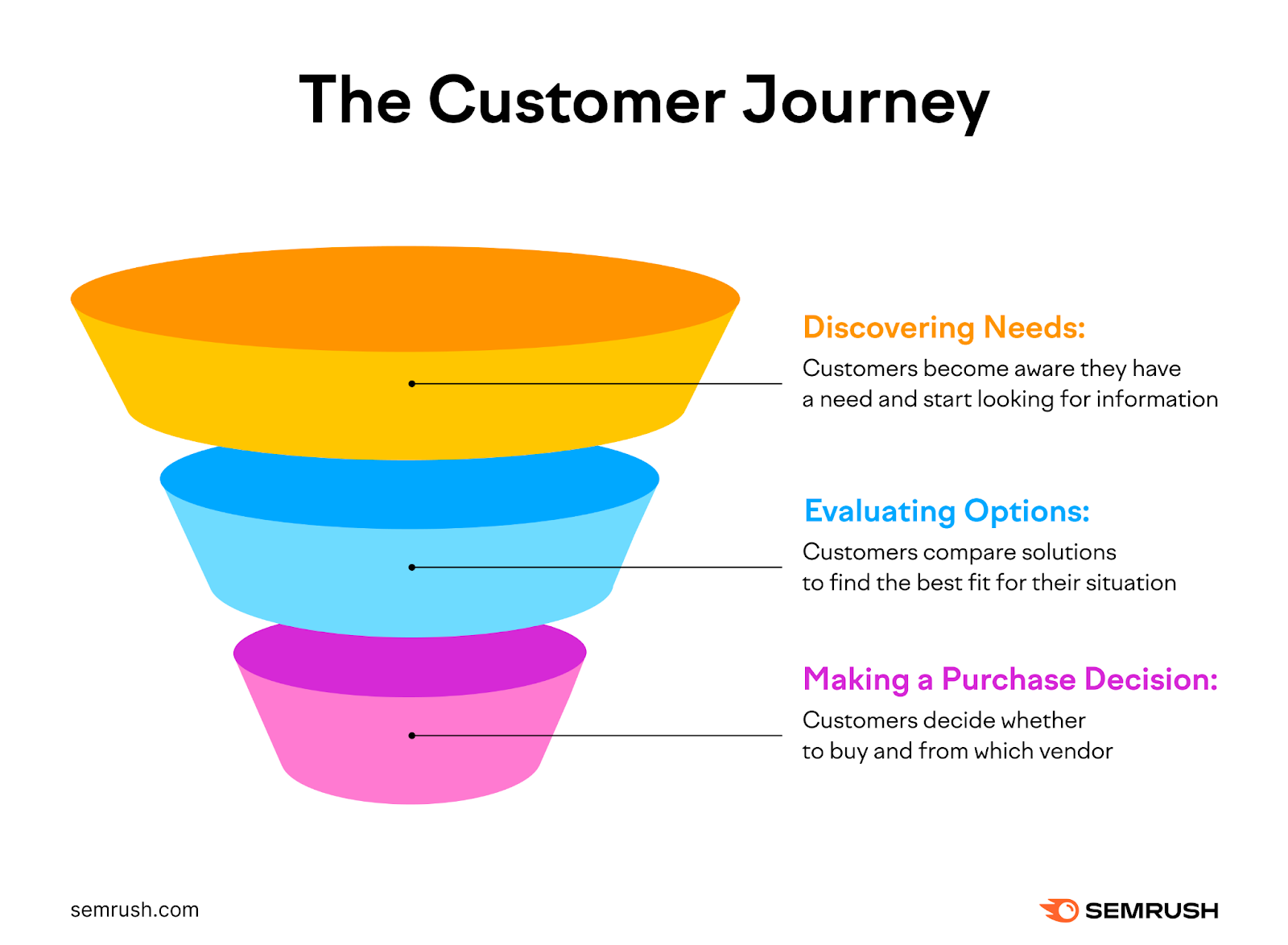
At the lower-funnel stage, you’ll use marketing tactics designed to make that decision easier. Like doing sales outreach, making exclusive offers, and sharing compelling testimonials.
These help you directly address the customer's last questions or hesitations. So they’re more likely to buy.
Further reading: ToFu, MoFu, BoFu: A Practical Guide to the Conversion Funnel
Why Is Lower-Funnel Marketing Important?
Lower-funnel marketing can drive sales.
More specifically, it:
- Enhances lead conversion: Lower-funnel marketing targets ready-to-buy prospects (sometimes called qualified leads) and helps you convert them into paying customers
- Strengthens brand reputation: Lower-funnel content showcases your value and expertise to boost credibility
- Fosters loyalty: BoFu marketing that’s done well leads to satisfied customers who are more likely to return and recommend your brand to others
All of this improves your bottom line.
Lower Funnel Marketing Tactics
Use these tactics to engage your leads in the final decision phase. And convince them to buy from you.
Create Compelling Content
Content that resonates with prospects as they’re nearing a purchase decision can convince them to take the final step.
How can you ensure your content meets that standard?
One way is to directly address potential customers’ final concerns or objections with step-by-step video guides.
Like Salesforce does.
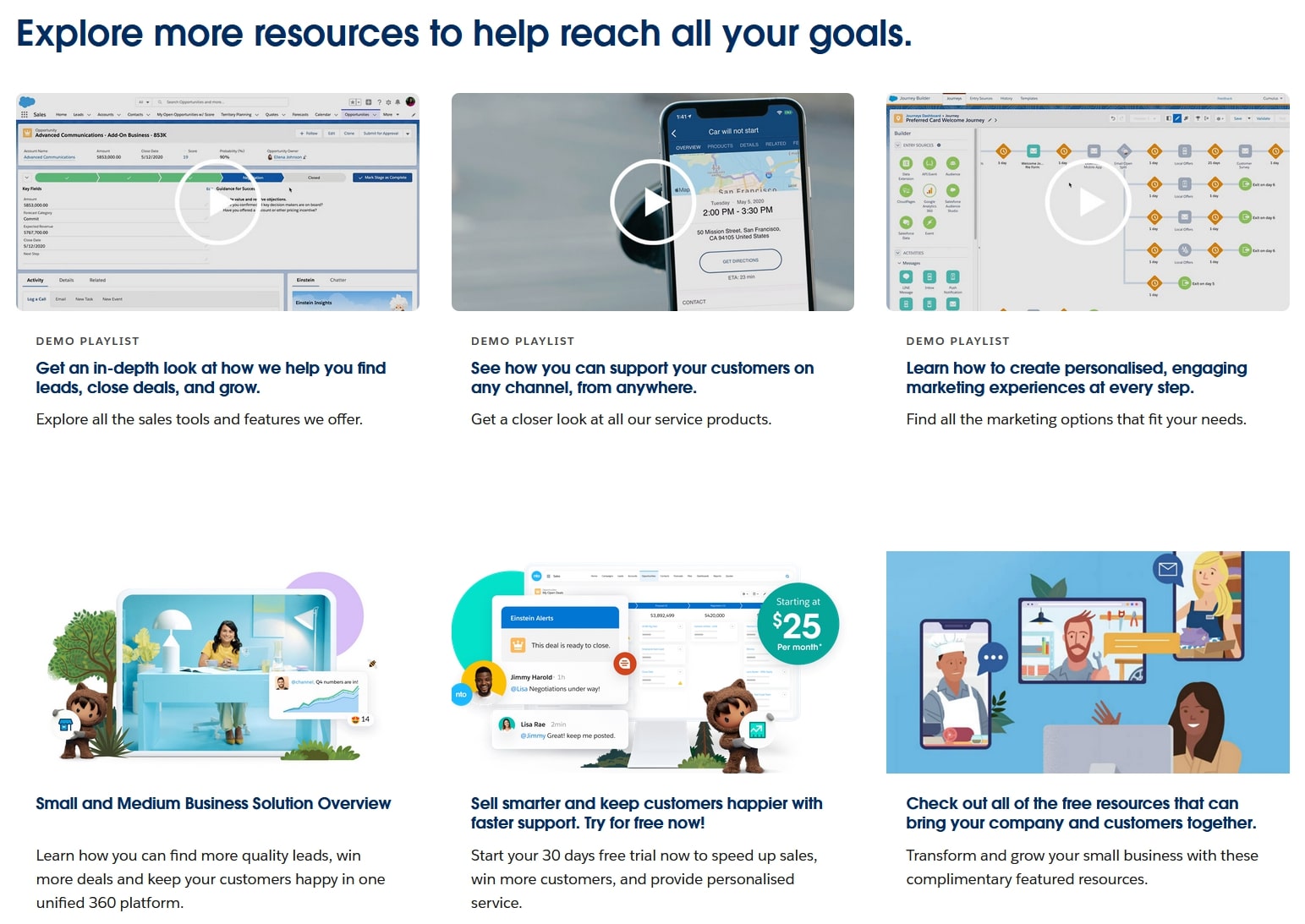
Start by identifying your prospects' common hesitations. Like price, usability concerns, etc.
You can find these insights by:
- Talking to your sales team about friction they encounter when selling
- Surveying your new customers
- Monitoring social media mentions and discussions about your product
Then, produce content pieces that tackle these issues. Like detailed guides, how-to videos, and customer success stories.
Or, try creating competitor comparisons that offer a direct look at how your product or service stands out from others in the market.
Creating a comparison involves researching your competitors' offerings. Then creating an asset that explains the differences and how your brand excels.
Webflow has several competitor comparison pages. Like this one:
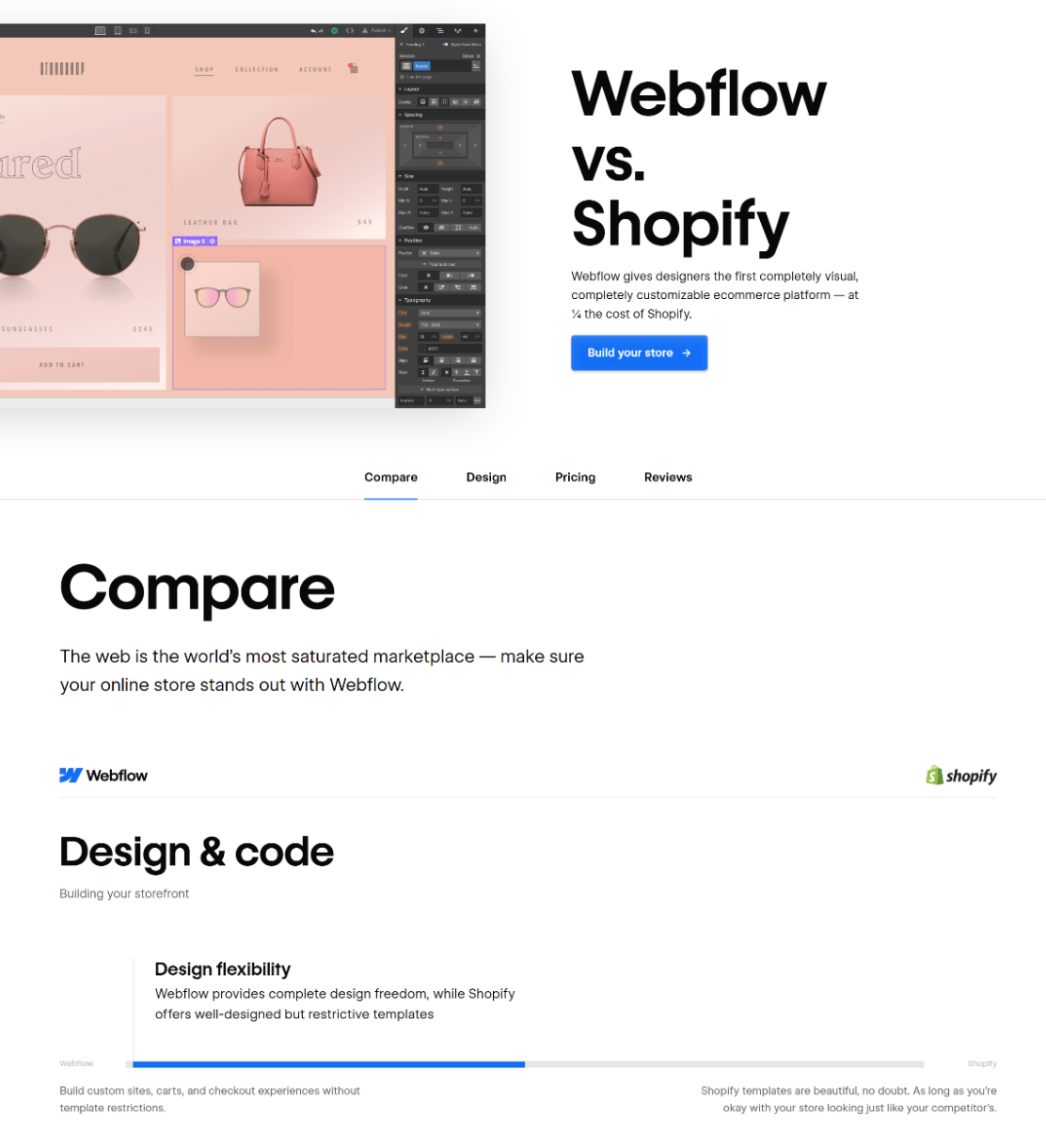
Incorporate Transactional Keywords
There are certain keywords you can target to attract searchers who are ready to buy. These are known as transactional intent keywords—meaning the general purpose behind searchers’ queries is to complete an action like a purchase.
Including transactional keywords in your website's SEO content and pay-per-click (PPC) ads helps you capture users' attention in the final stages of their buying journey.
Use the Keyword Magic Tool to find transactional keywords.
Open the tool. Enter a seed keyword (a broad term or phrase related to your business). And click “Search.”

You'll see a list of related search terms. Like this:
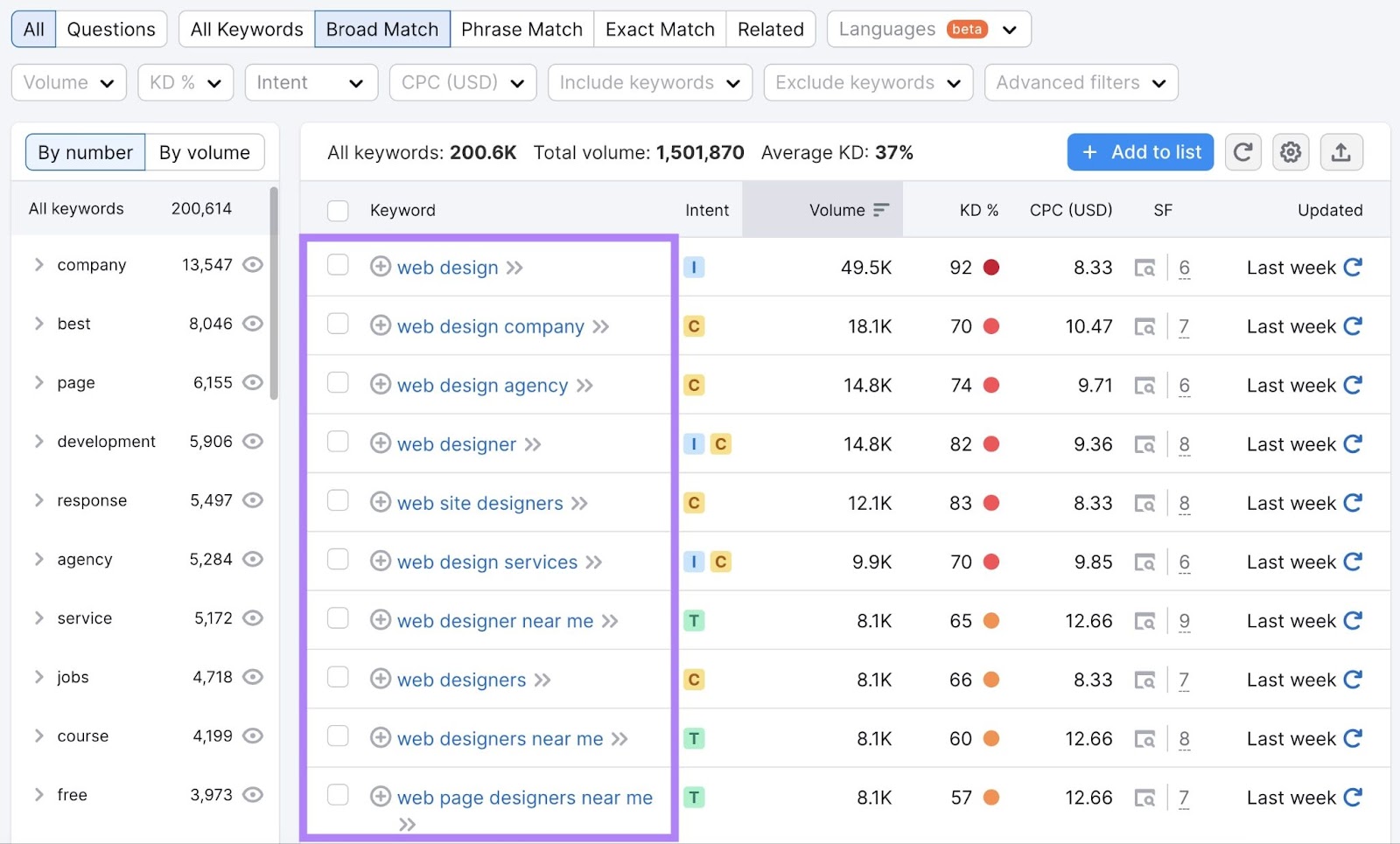
Click the "Intent" drop-down and select the box next to "Transactional."
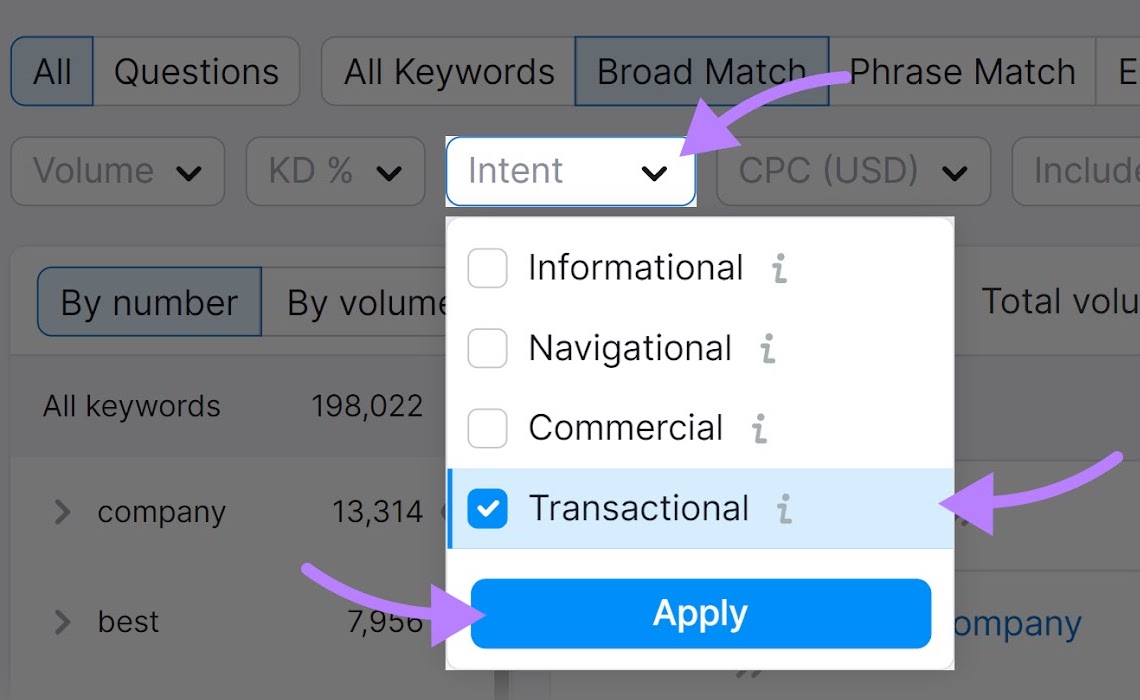
This will show you only keywords that have transactional intent.
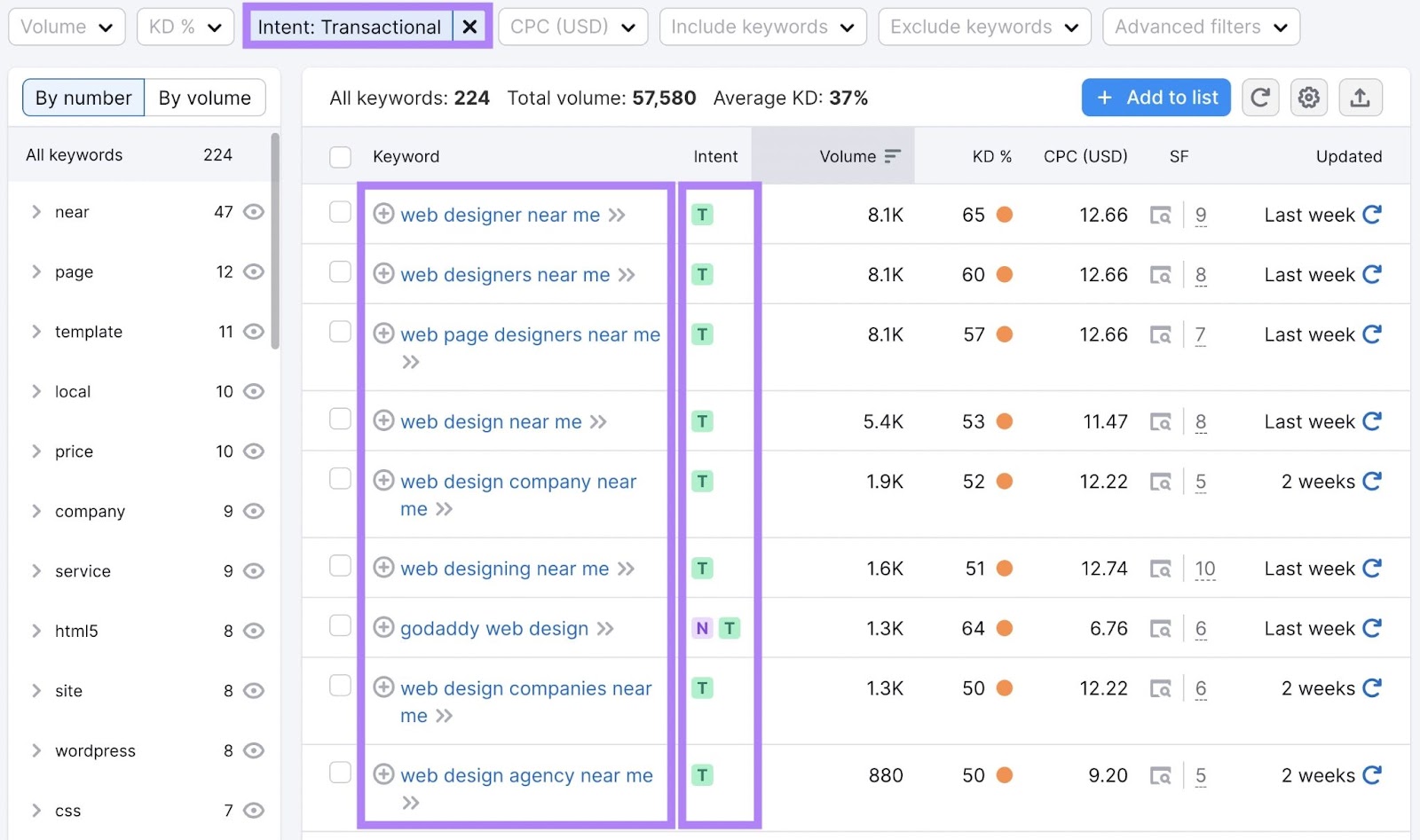
Generally, you want to choose keywords with a high search volume, indicating many people are searching for them.
But also consider the keyword difficulty (KD %) and cost per click (CPC).
A lower keyword difficulty means it's easier to rank for the keyword in unpaid search results. And a lower CPC means it's less expensive to bid on for PPC ads.
Choose your keywords based on these factors and use them in your content and ad copy.
Try Retargeting Ads
Retargeting ads help you re-engage prospects who interacted with your website or social media presence without buying.
These ads remind prospects of you. And can nudge them toward making a purchase.
Advertising platforms like Google Ads allow you to set up retargeting campaigns. Which often involves adding a tracking code provided by the ad platform to your website header.
Like this:
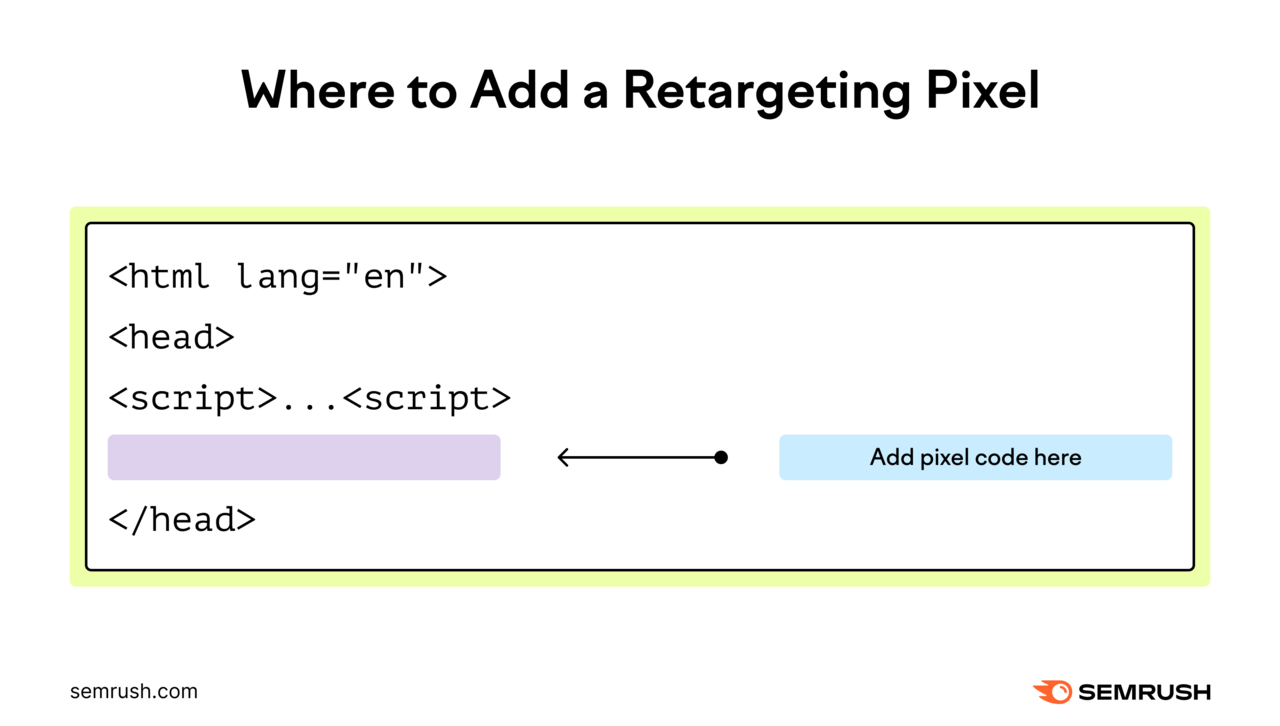
This code lets you track user actions on your website. So you can serve targeted ads based on those actions.
If you’re interested in using retargeting display ads, start by looking at your competitors’ ads to see what’s worked for them.
Use the AdClarity app for this.
First, add a competitor's domain.
Then, use the drop-downs to choose the channel, device type, time range, and country you want to review. And click “Compare.”

You'll see an overview report that provides metrics such as estimated expenditure, ad placement, ad buying methods, and more.
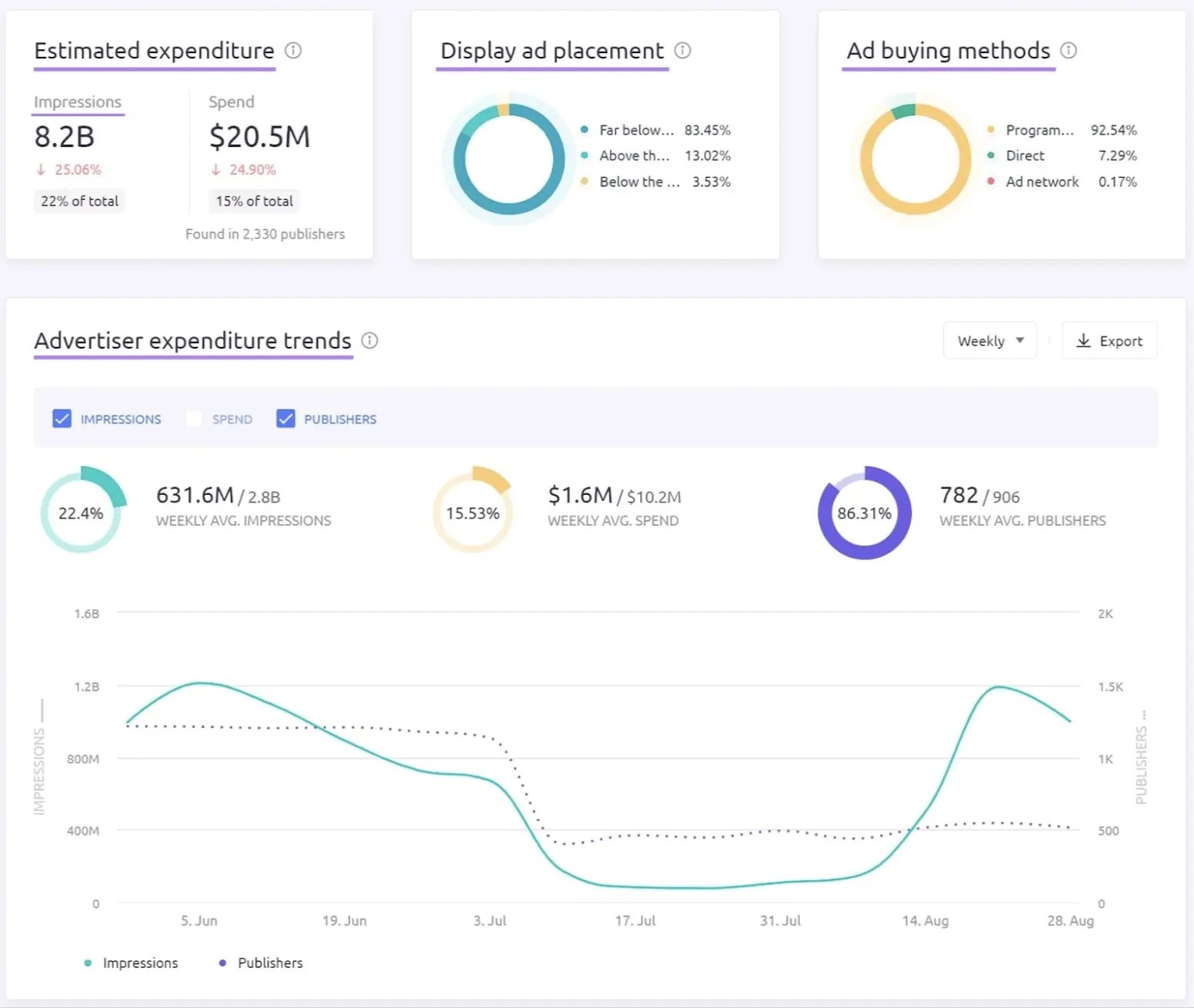
Scroll down to the "Top Ads" widget to view your competitor's top-performing ads.
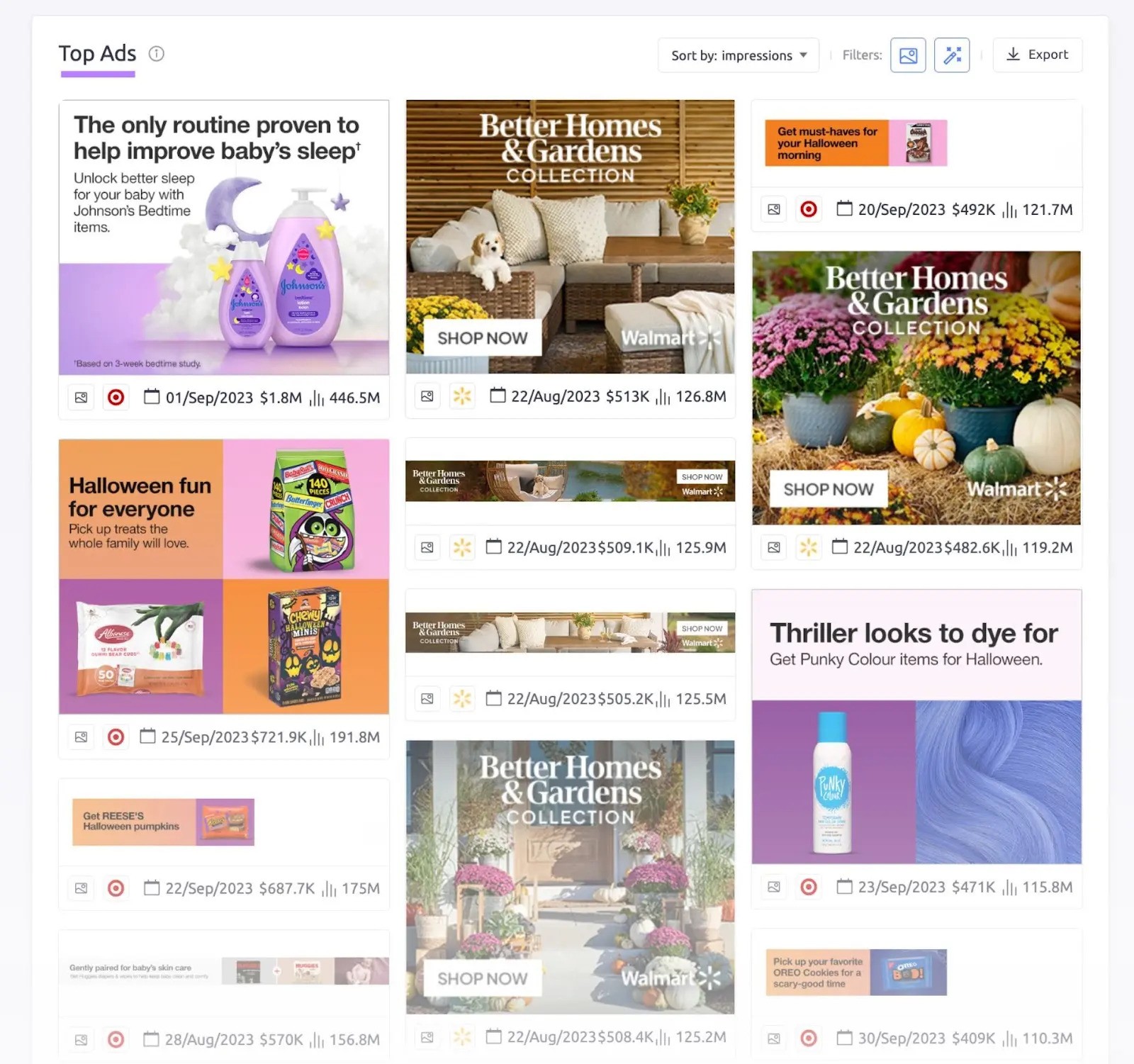
Look at the visuals and messaging your competitors are using in their ads.
Click on any ad to see a full campaign report.
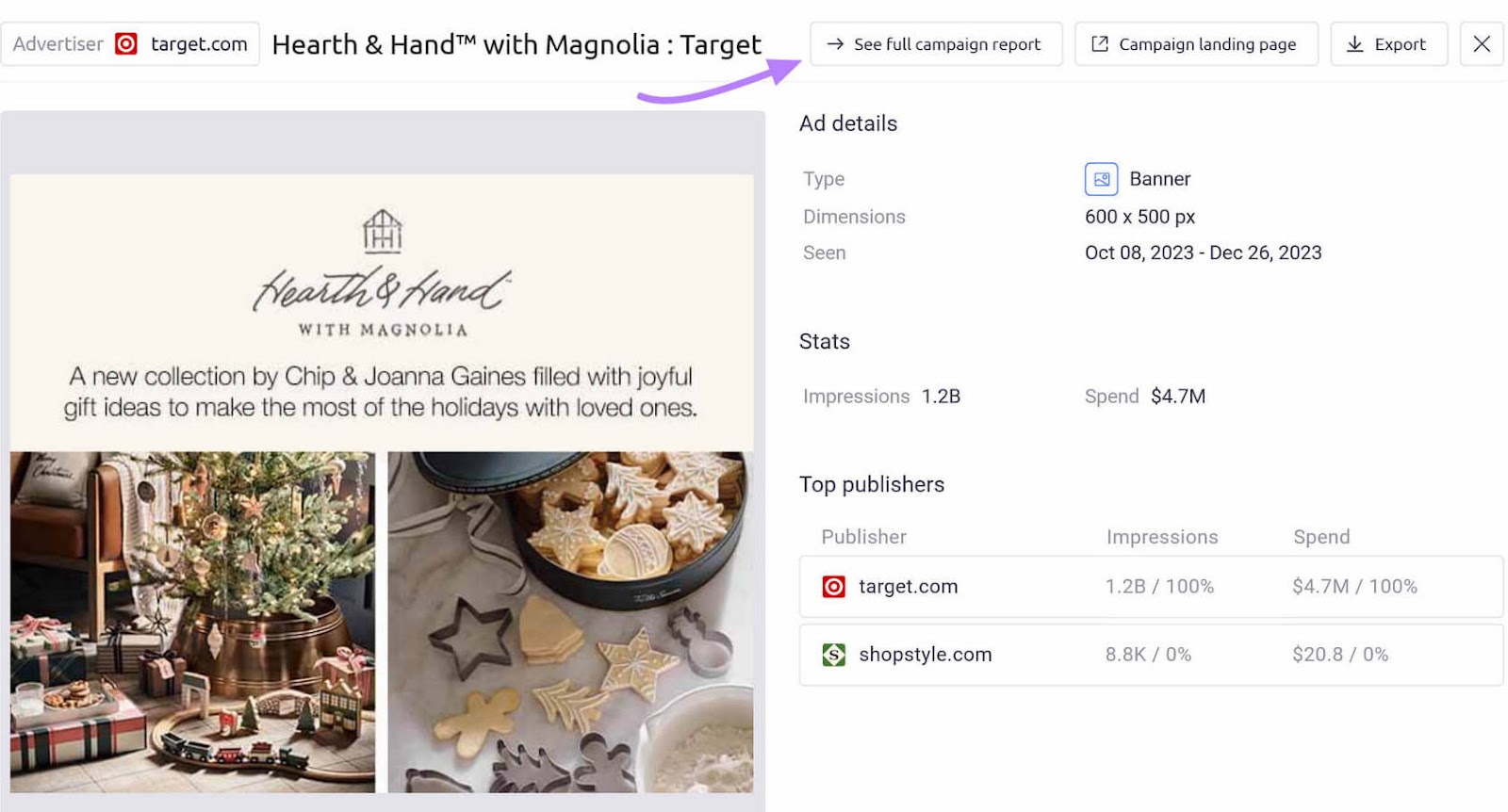
Use these insights to create compelling display ads to use for your retargeting campaigns.
Optimize Your Pages for Conversions
Ensuring your website facilitates a seamless journey for prospects can increase your conversions.
So, every page should have a clear purpose and aim to minimize friction. Particularly your product or service pages.
To create an effective product or service page, include relevant images, explain key details (like shipping information), list the benefits, and have visible calls to action (CTAs). To direct visitors toward making a decision.
Here’s an example of a product page from Patagonia:
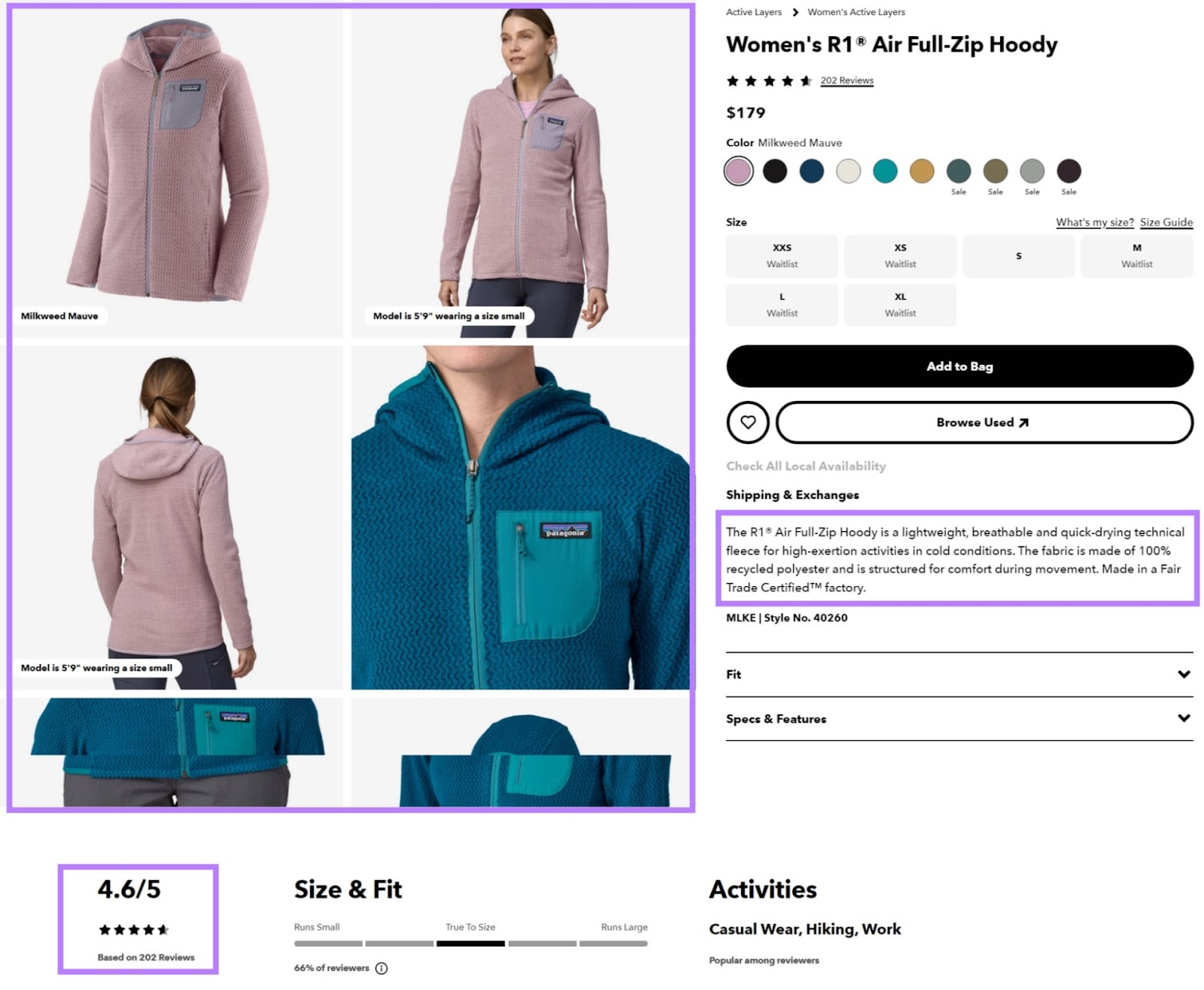
And try to simplify anything complex. Like reducing the number of steps in the checkout process.
It can also be useful to convey both urgency and scarcity when appropriate. Like by running a limited-time sale or showing how many products you have left in stock. Because they’re psychological triggers that prompt people to act.
Amazon does this well.
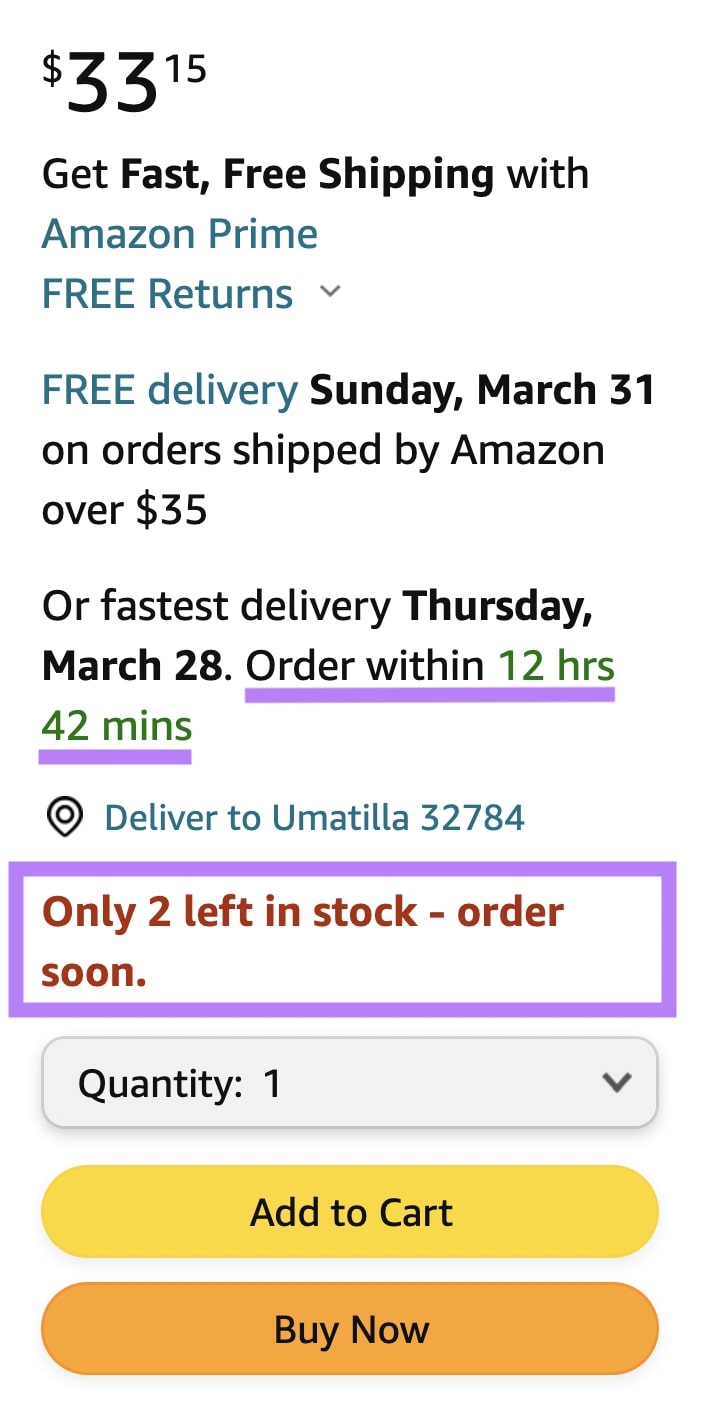
Need more ideas on how to optimize your site for conversion?
Conduct a post-purchase survey to ask customers about their buying experience. Platforms like Hotjar make this easy.
Then, make improvements based on the survey answers.
Further reading: Conversion Rate Optimization: 9 Tactics That Work
Use Social Proof
Adding testimonials and reviews to your site can build trust with prospects. Because those stories show concrete evidence of how others have benefited from your products or services.
Strategically place these forms of social proof on product pages, during the checkout process, and on landing pages where they reinforce your value proposition.
For example, cloud phone system JustCall has added multiple forms of social proof on their homepage. Like these G2 badges and app ratings:
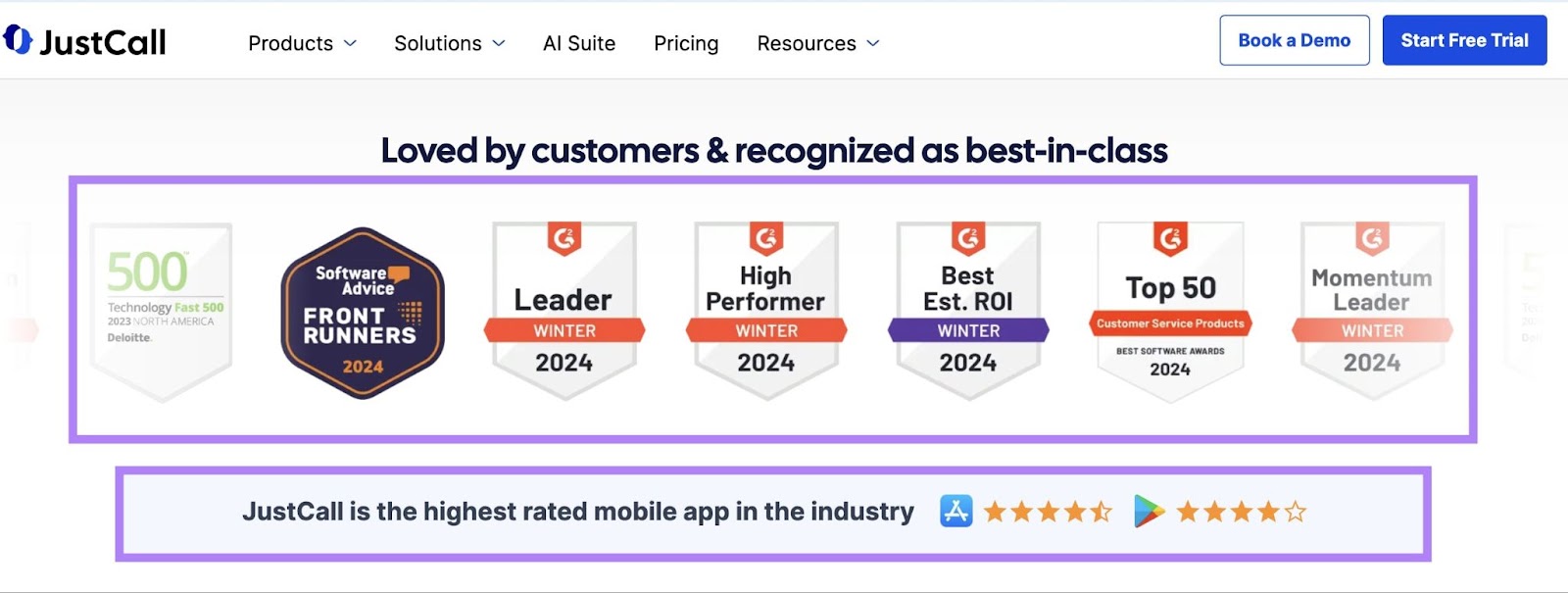
They also share the number of customers they have. And their testimonials.
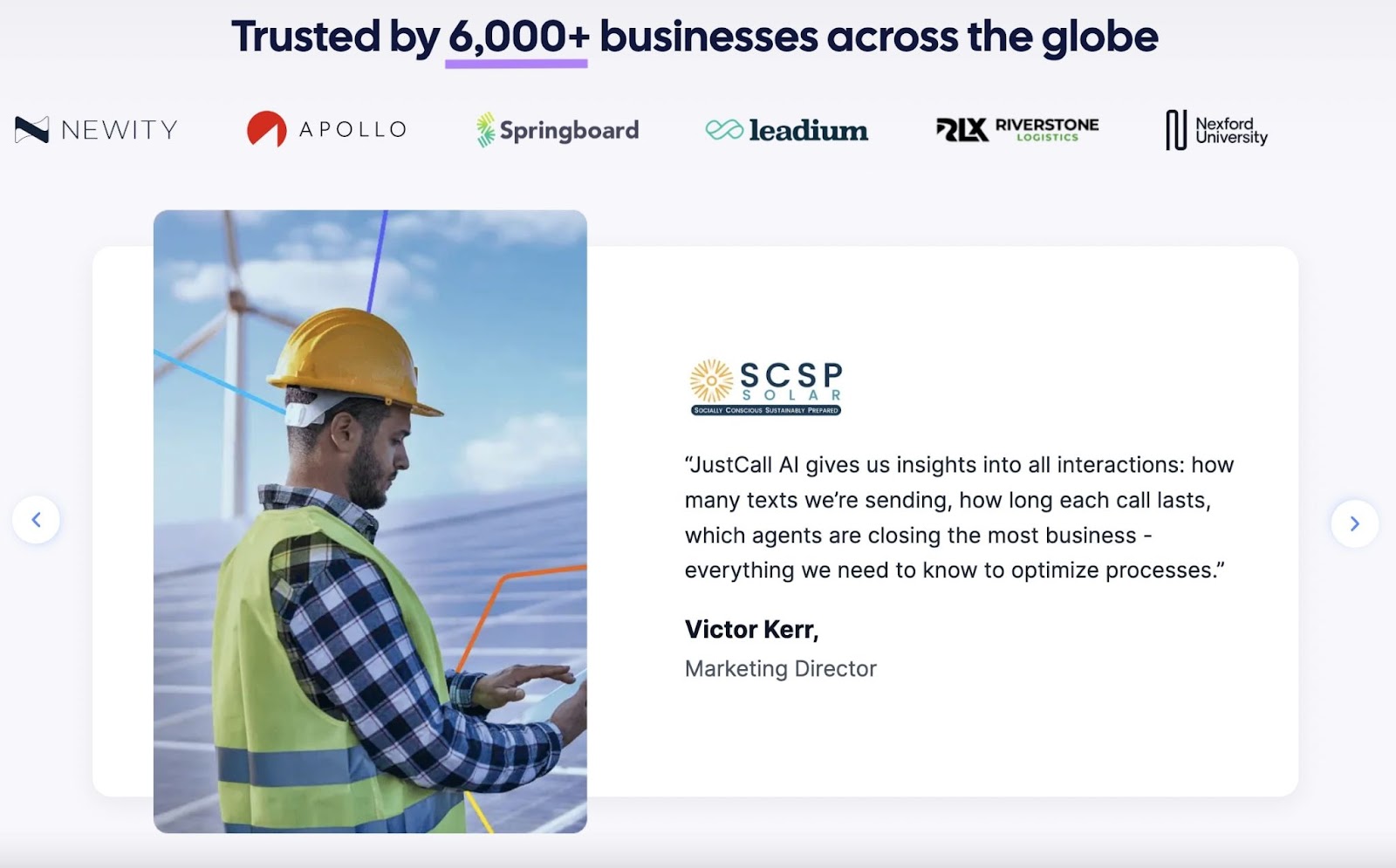
Ideally, these stories should highlight specific benefits your customers have experienced. And appear on the pages that are most relevant to that story.
For instance, if a testimonial praises a product’s durability, feature it on that product’s page.
Case studies are another way to incorporate social proof. They’re typically longer than reviews or testimonials, but you can use select snippets across your website.
To create a case study, select a successful customer and interview them to gather details about their challenges, the solutions they considered, and the outcomes of choosing your product or service.
Here are some questions you can ask them:
| Example Case Study Questions | |
| To understand the customer’s background: | To uncover the customer’s challenges: |
|
|
| To learn more about the customer’s buying process: | To understand how the customer uses your product or service: |
|
|
Structure your case study to outline the problem first. Then, describe how your product provided the solution. And conclude with the results.
It’s also a good idea to include customer quotes and supporting data wherever possible.
Further reading: How to Write a Case Study: Guide with Free Template + Examples
Create Personalized Promotions
Personalized promotions can compel ready-to-buy audiences to finally make the purchase. Because they’re more likely to be enticed by an offer specific to them.
Customer relationship management (CRM) software allows you to compile and store information about your prospects. And you can use this data to set up personalized email campaigns with offers that are specific to different audience segments.
Ensure these promotions are timely, perhaps triggered by a recent product view. This would make the offer both relevant and compelling.
Here's an example of how an insurance company could send a personalized email to someone to complete their application process:
Hey Adam,
You’re just moments away from completing your Max Life Insurance application.
Once you finish, you can relax and have peace of mind.
And don’t forget to download the Max Life Insurance mobile app to stay in the know. And to make changes or contact us at any time.
Log in
Offer Free Trials
Free trials let your prospects get first-hand experience with your offer without incurring any cost. Which could help alleviate any hesitations they have about taking the final step.
This tactic works well for software as a service (SaaS) businesses as well as for those focused on services.
For example, we offer a free trial:

Here are some tips for this tactic:
- Decide on a trial length that allows enough time for prospects to fully evaluate the product or service
- Ensure the sign-up process for the trial is straightforward, requiring minimal information
- Follow up with trial users through email to help them maximize their trial experience and encourage them to make a purchase
Provide Demos
A demo is a product walk-through that shows prospects how it solves their problems. Which could motivate them to buy.
To create an effective product demo, choose a format that engages your prospects. Like a real-time presentation, a recorded video, or an interactive tutorial.
And focus on showcasing the features that address their specific challenges and that highlight your product's unique value proposition.
Here are three important things to remember:
- Keep the demo concise and tailored to the prospect's needs
- Ensure your demo flows logically and is easy to follow
- End with a strong call-to-action (CTA) that guides prospects on how to take the next step and make a purchase
Many brands offer personalized demos. Like ConvertKit:
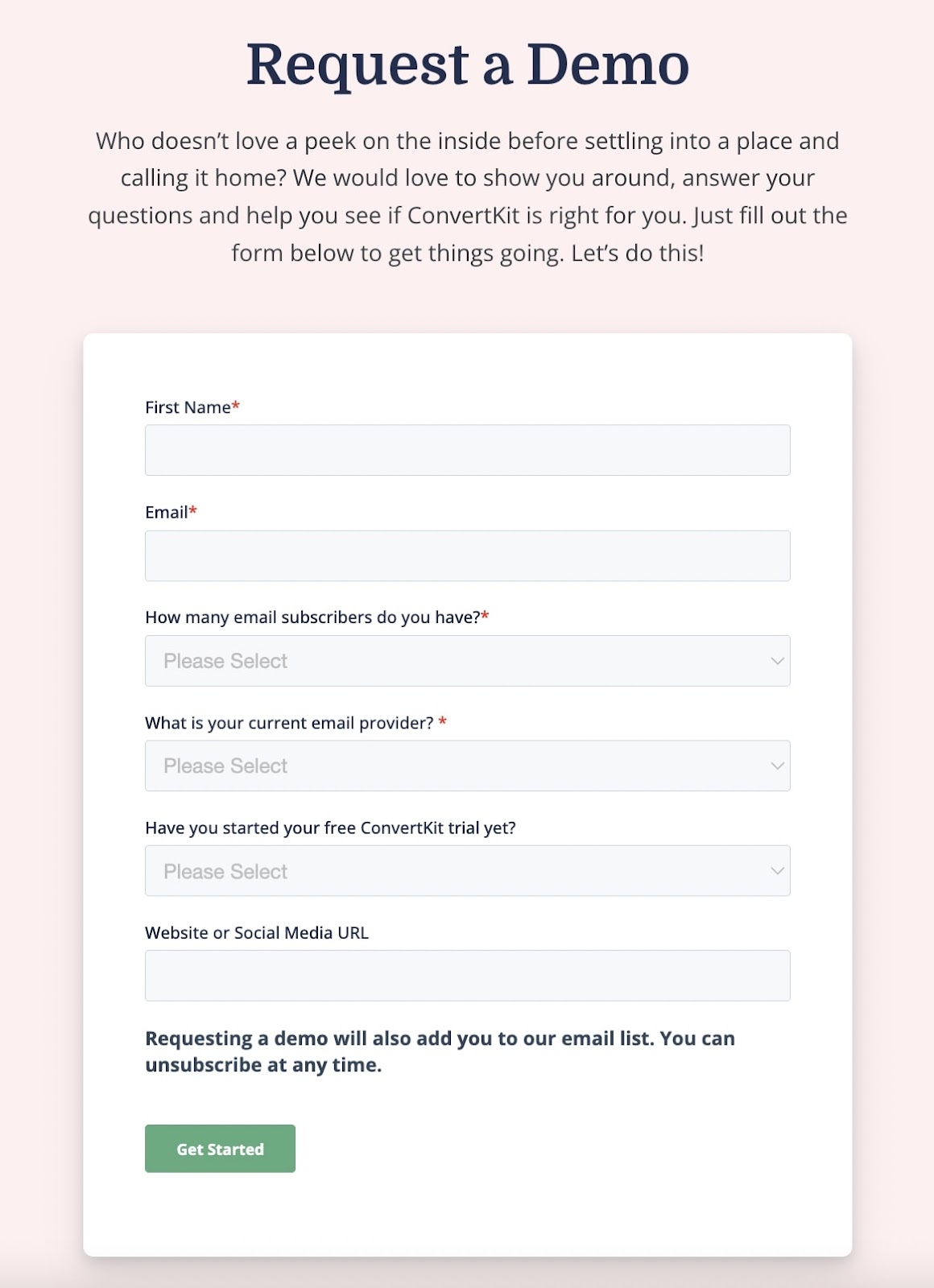
Offer Live Chat Support
Providing a live chat support option ensures prospects can get help with questions or concerns they might have while considering a purchase. And that can be vital for giving them a final nudge.
Here’s an example of live chat on ClickUp’s website:
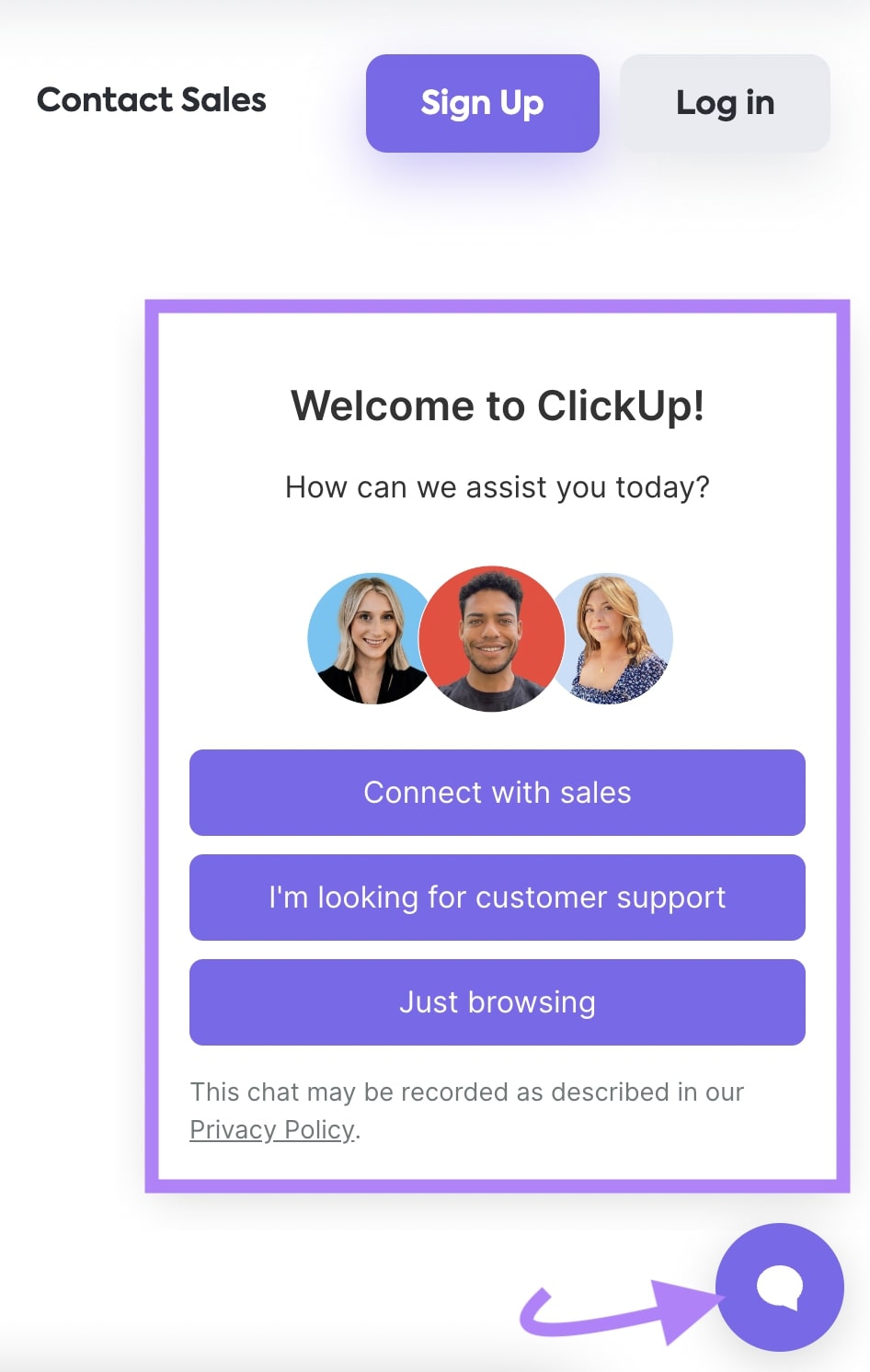
You can implement live chat functionality on your site using a solution like Zendesk or Intercom.
And the immediate, personalized support can resolve hesitation and build trust. Making prospects more comfortable and confident in completing their purchase.
Host Webinars
Webinars allow you to show off your product or service in a way that’s engaging for audiences. And they can be live or pre-recorded.
You can use Zoom, GoTo, or other platforms to host a webinar.
To get started, pick a topic that your potential customers care about. And make sure it provides an opportunity to show how your product or service can solve their problems.
For example, CRM platform Freshworks regularly hosts webinars where experts talk about topics its target audience cares about that are relevant to their offerings.
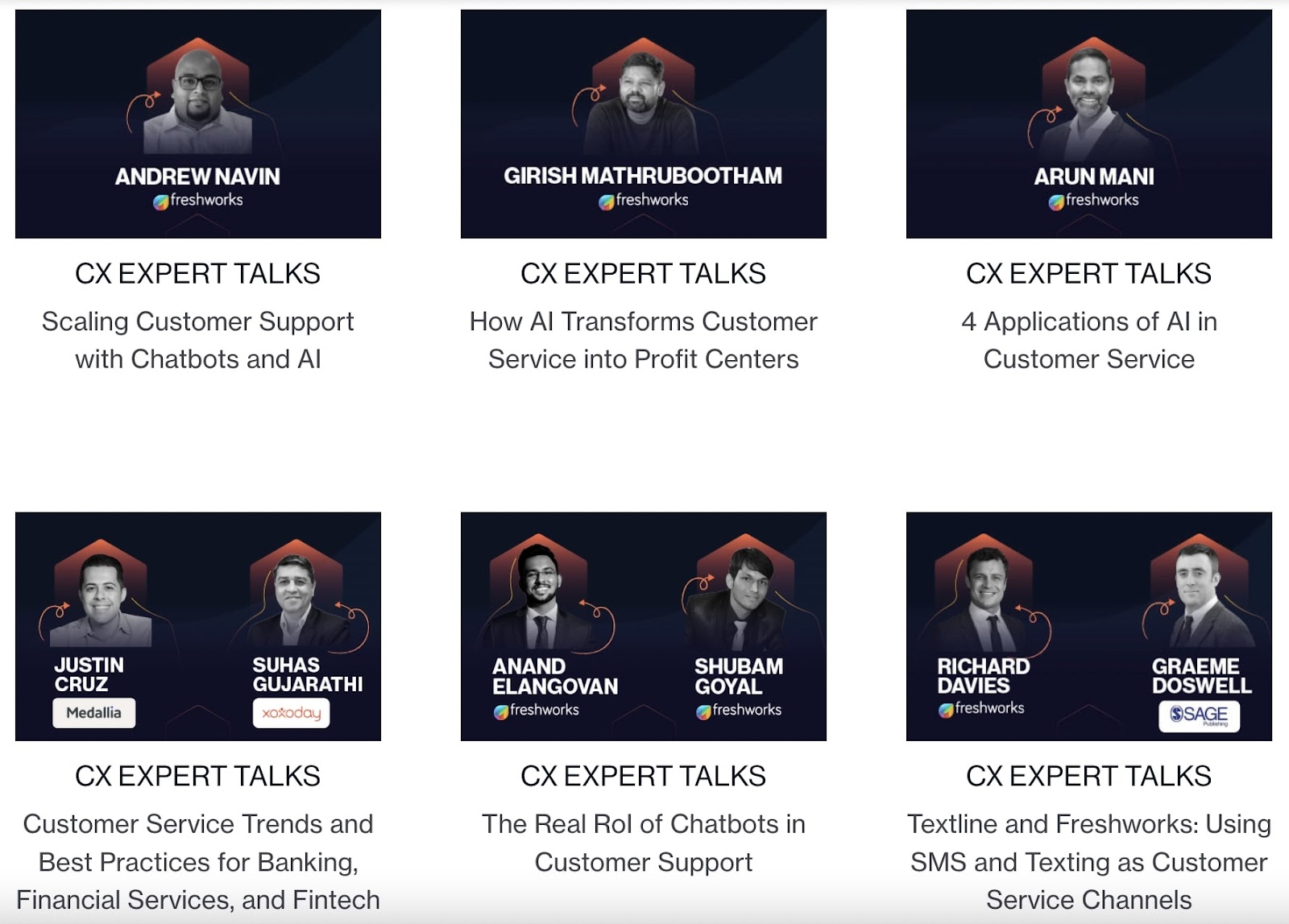
Create any assets you’ll need (like a Google Slides presentation), make any necessary speaker arrangements, and set a webinar date and time.
Then, promote your event through emails and social media.
If your webinar is live, be ready to answer questions and interact with the audience. Which can build trust and help clear up any doubts attendees might have about buying.
How to Measure Lower-Funnel Marketing Success
Track these metrics to measure how well your lower-funnel marketing efforts work:
Conversion Rate
Conversion rate is the percentage of visitors who take a desired action like buying.
A high conversion rate means your lower-funnel tactics are working well in convincing visitors to take the next step. A low or declining rate suggests your content, CTAs, and/or offers need improvement.
You can use website analytics tools like Google Analytics to track your conversion rate (called “key events” in the platform).
Customer Acquisition Cost
Customer acquisition cost (CAC) is the total cost involved in acquiring a new customer.
A low CAC indicates you’re efficiently gaining new customers. A high CAC indicates opportunities to improve your marketing and sales tactics. Which can include your lower-funnel efforts.
To calculate CAC, add all your marketing and sales costs over a specific period. And divide this total by the number of new customers acquired in the same period.
Average Order Value
Average order value (AOV) is the average amount a customer spends when placing an order.
An increasing AOV suggests customers are influenced by upsells or premium offers. A decreasing AOV might indicate that customers are opting for lower-priced items or not adding additional products to their purchases.
Some ecommerce platforms and website analytics tools can automatically calculate AOV for you.
If you're doing it manually, divide the total revenue generated in a defined period by the total number of orders.
Improve Your Lower-Funnel Marketing Efforts
Effective lower-funnel marketing depends on a solid understanding of your target audience.
Once you know who you’re speaking to, you’ll be able to prioritize the channels, tactics, and content types that make sense for you.
Start your research with Semrush’s One2Target tool.
